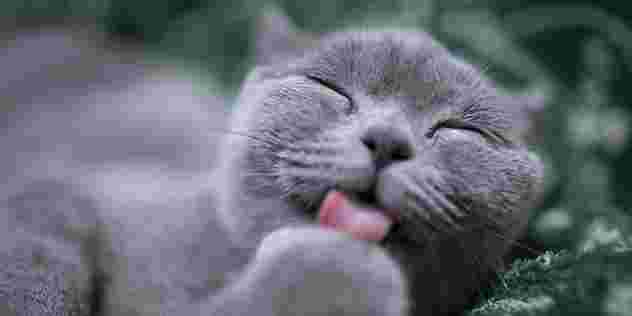
 Last updated 2 years ago
Last updated 2 years agoDigital images are an essential part of our daily lives, and two of the most commonly used image file formats are JPG and PNG. Understanding the difference between JPG and PNG is crucial as they have their own unique characteristics.
JPG and JPEG are essentially the same thing. JPEG stands for Joint Photographic Experts Group, which is the name of the committee that created the format. JPG is just a shorter version of the same name. The main advantage of the JPG format is its ability to compress the size of an image, which makes it easier to store and share. However, this compression process can lead to a loss of quality, and the image can be prone to JPEG artifacts, which are visual distortions that appear around edges and areas with high contrast.

On the other hand, PNG stands for Portable Network Graphics, and it is a lossless file format. It is ideal for images with large areas of uniform color, such as logos or graphics with transparent backgrounds. Unlike JPG, PNG does not compress the image, which means that it maintains its quality even after multiple saves. Additionally, PNG files do not have the same issue with JPEG artifacts, making them a better choice for images that require high fidelity and clarity.

The main difference between the two formats lies in their compression methods and suitability for different types of images. JPG is ideal for photographs and complex images but can lead to JPEG artifacts that reduce image quality. PNG is a lossless format that maintains image quality, making it a better choice for images that require high fidelity and clarity.
When working with digital images, it is often necessary to convert between different file formats. This is where Vovsoft Batch Image Converter can be incredibly useful. It is a Windows program that enables users to convert between a variety of image file formats, including JPG and PNG. With this program, you can quickly and easily convert a large number of images to a different format without having to do it manually one by one.
